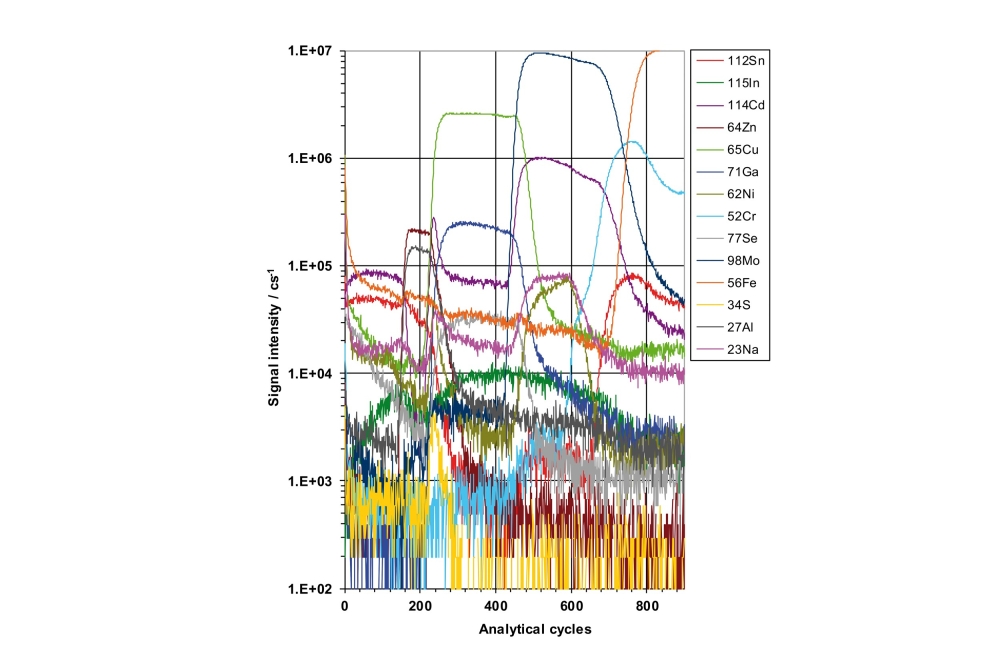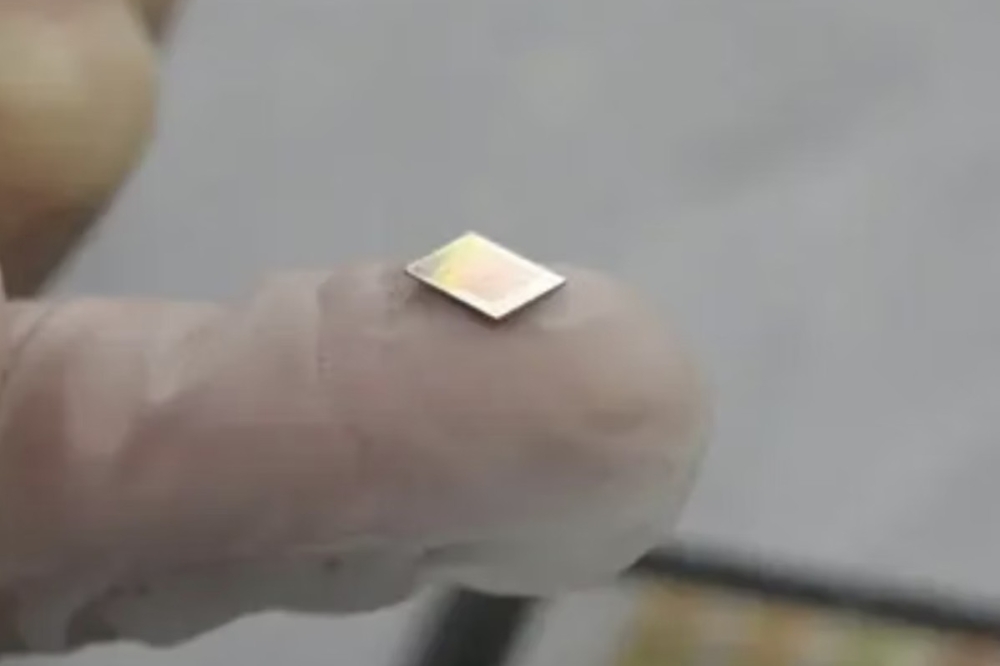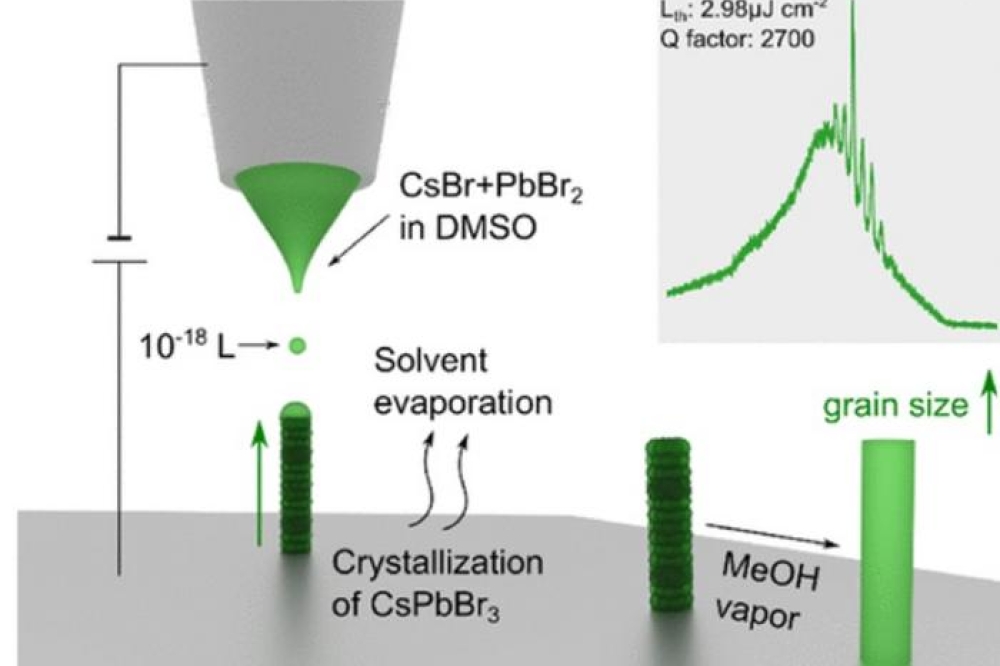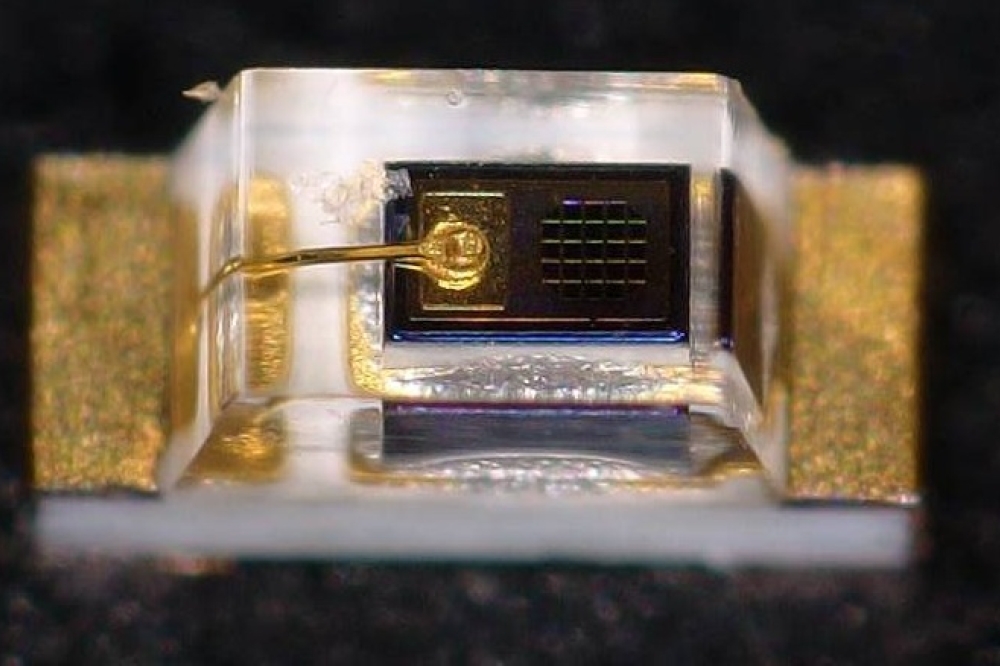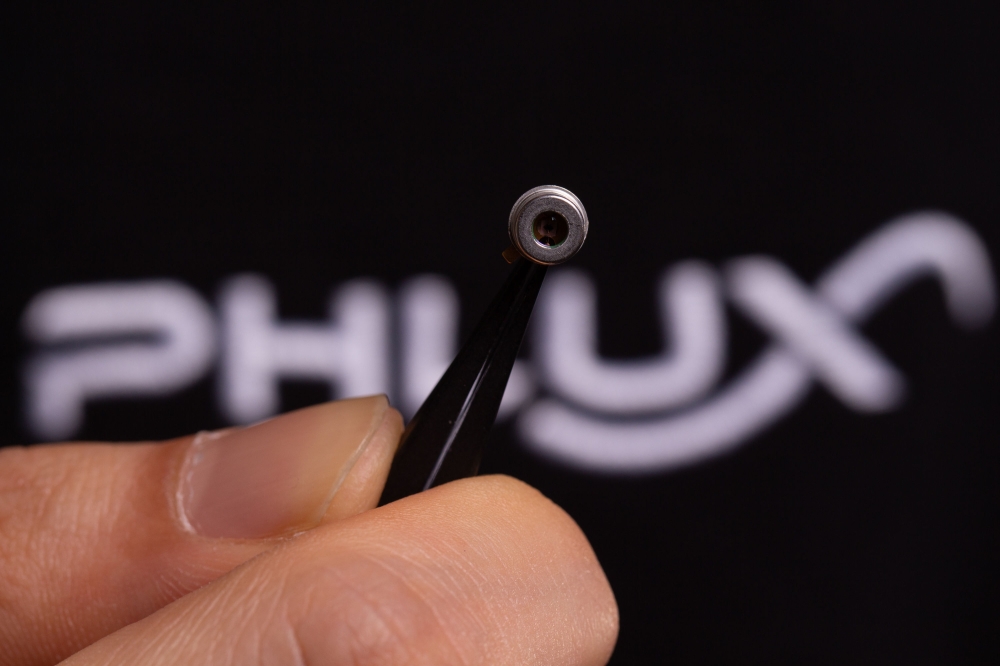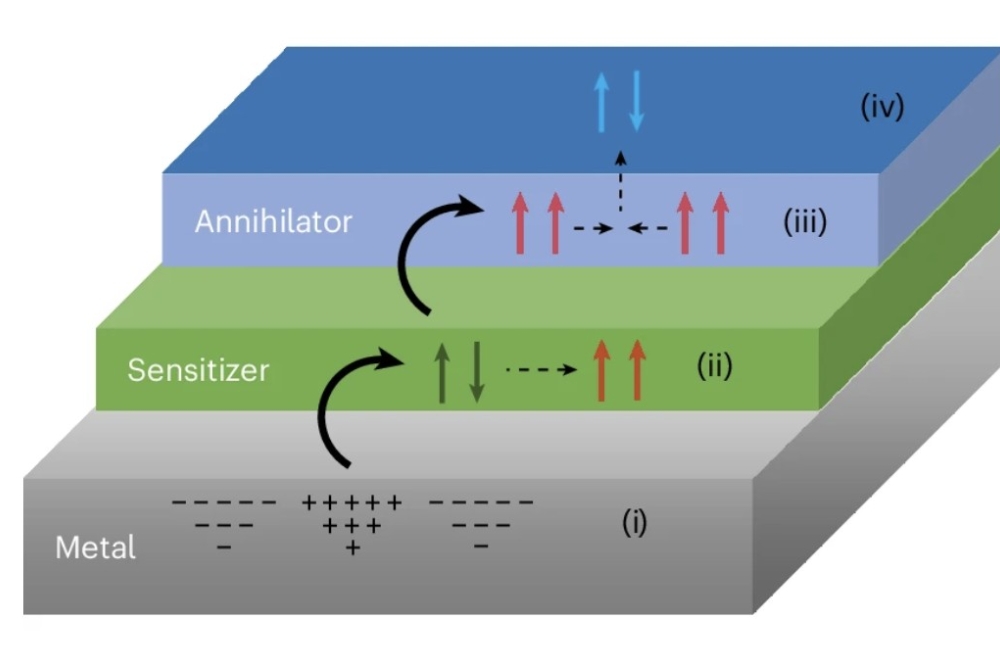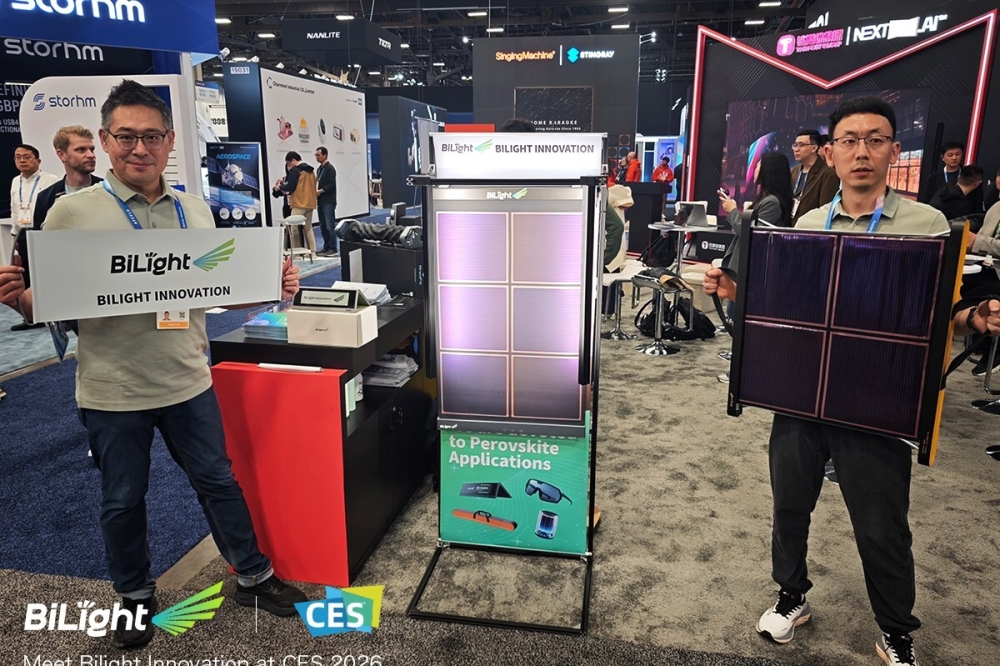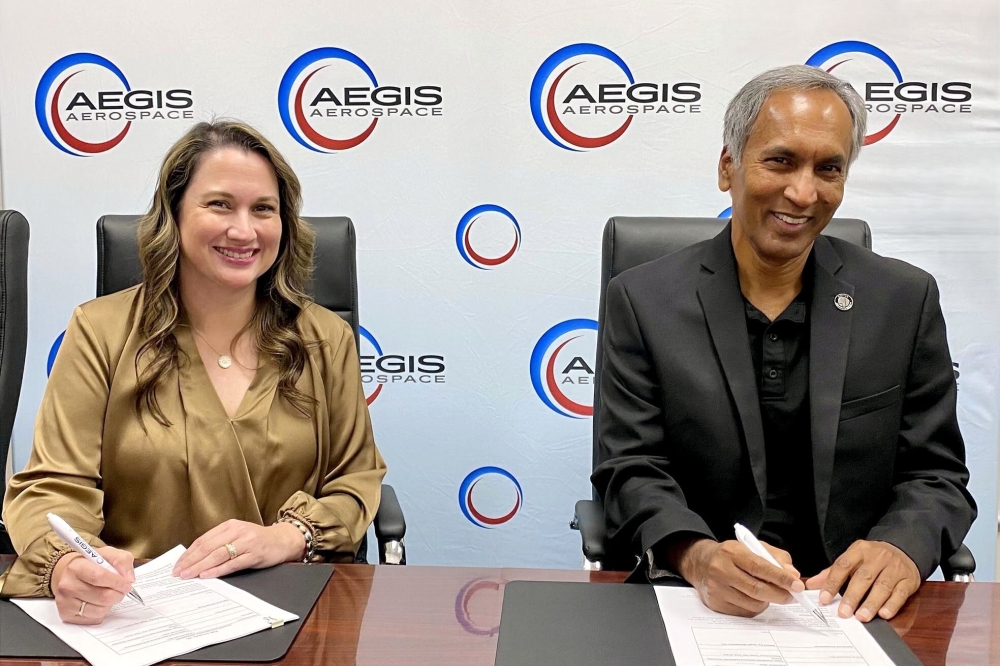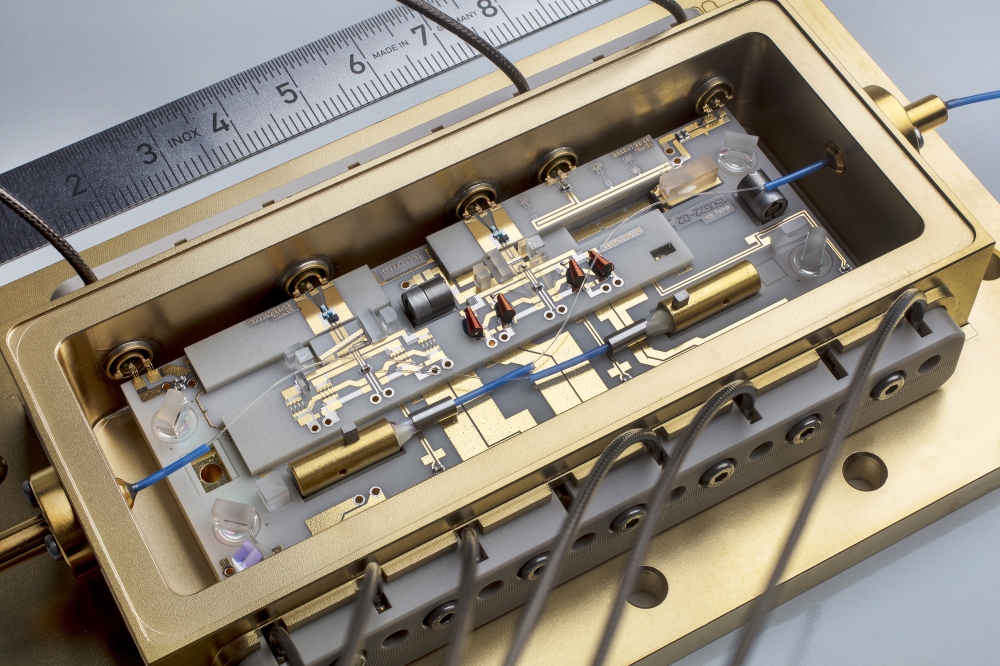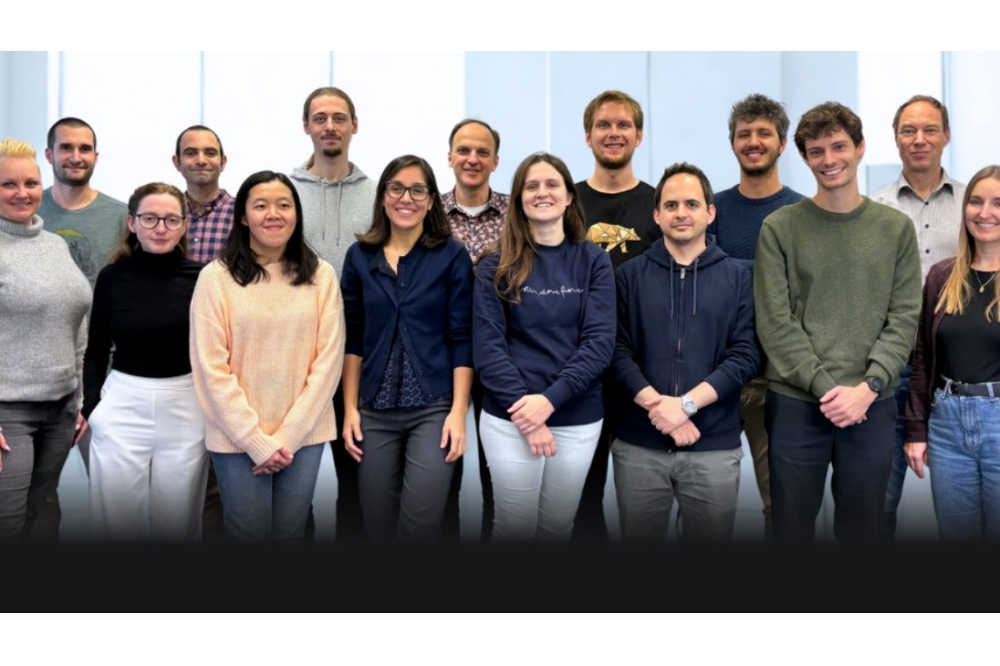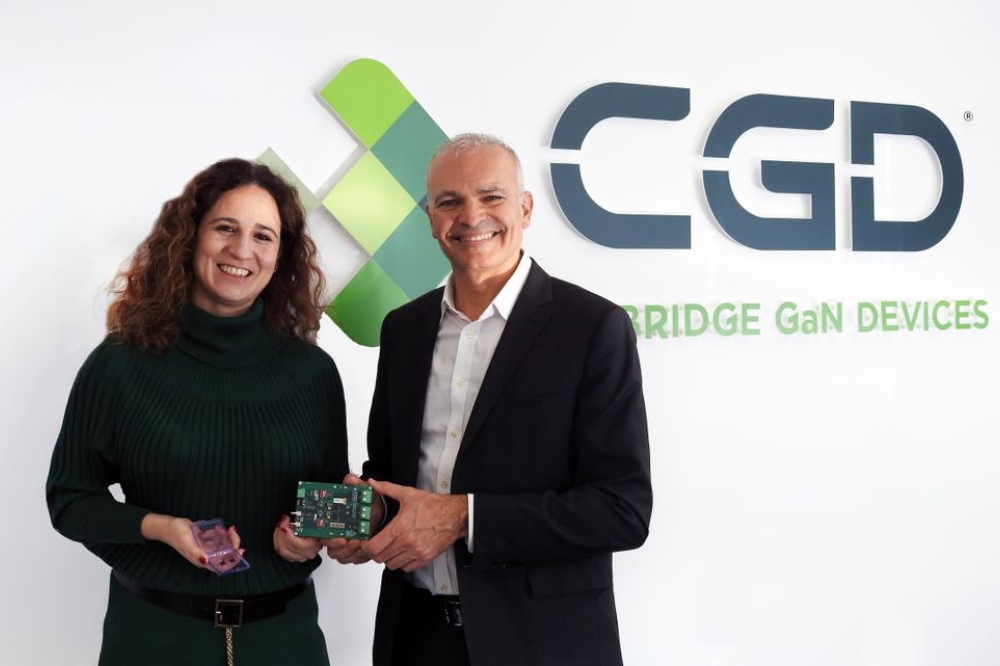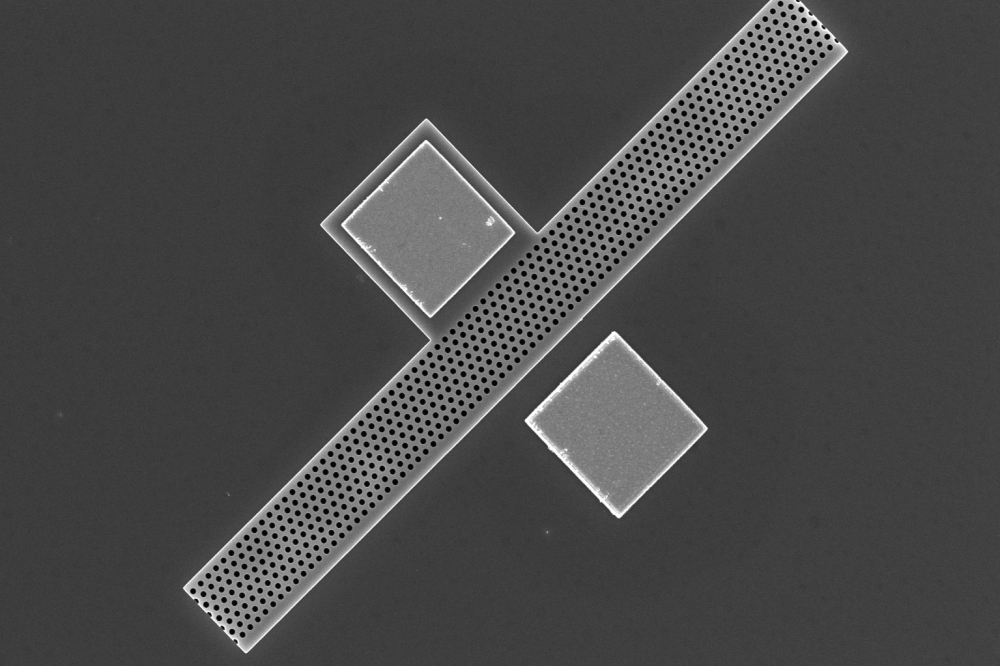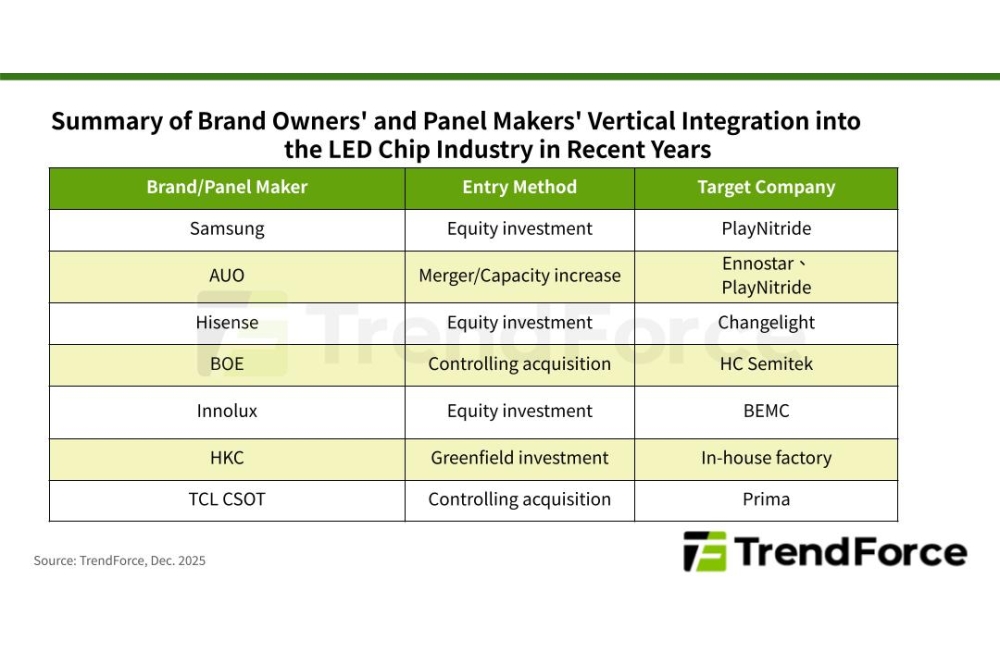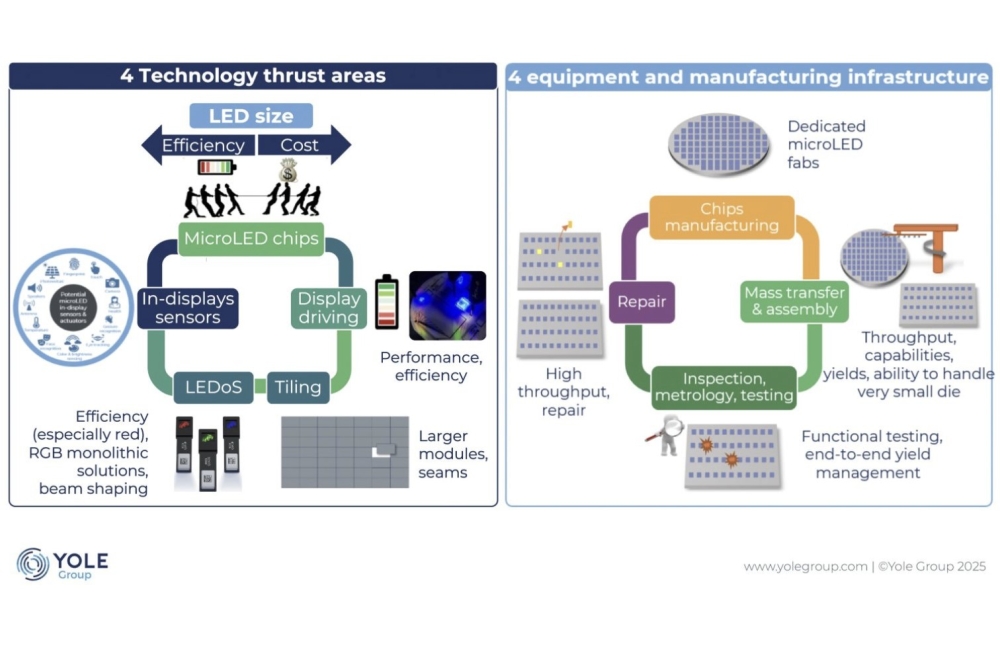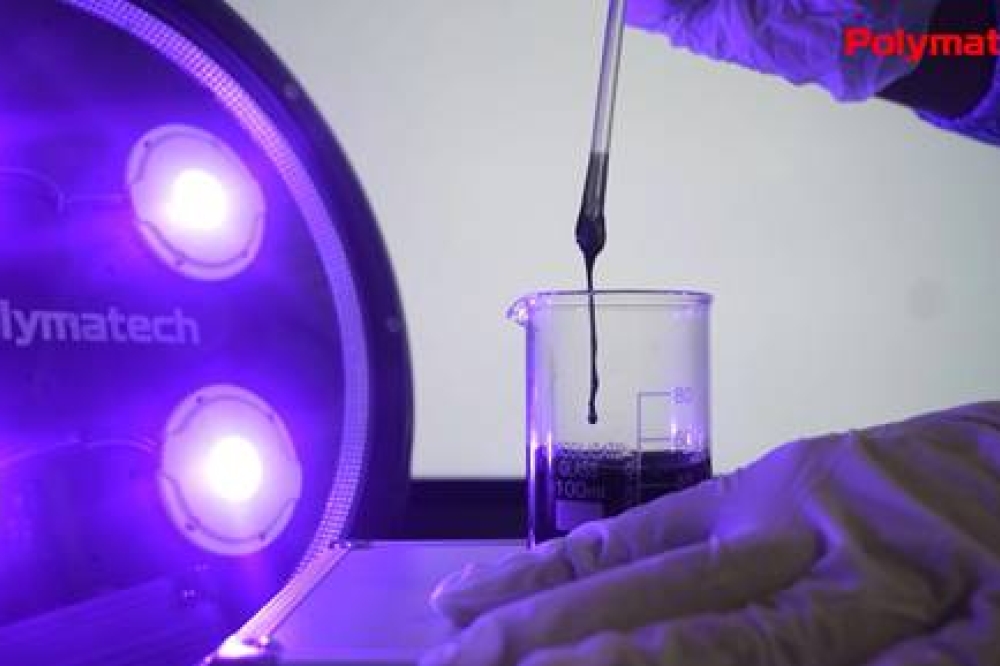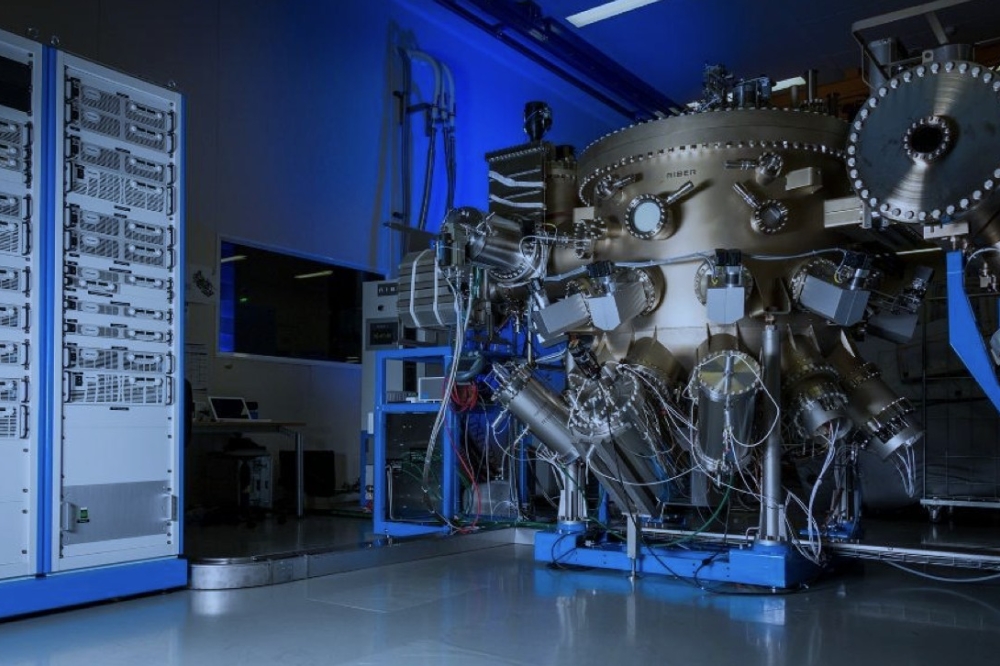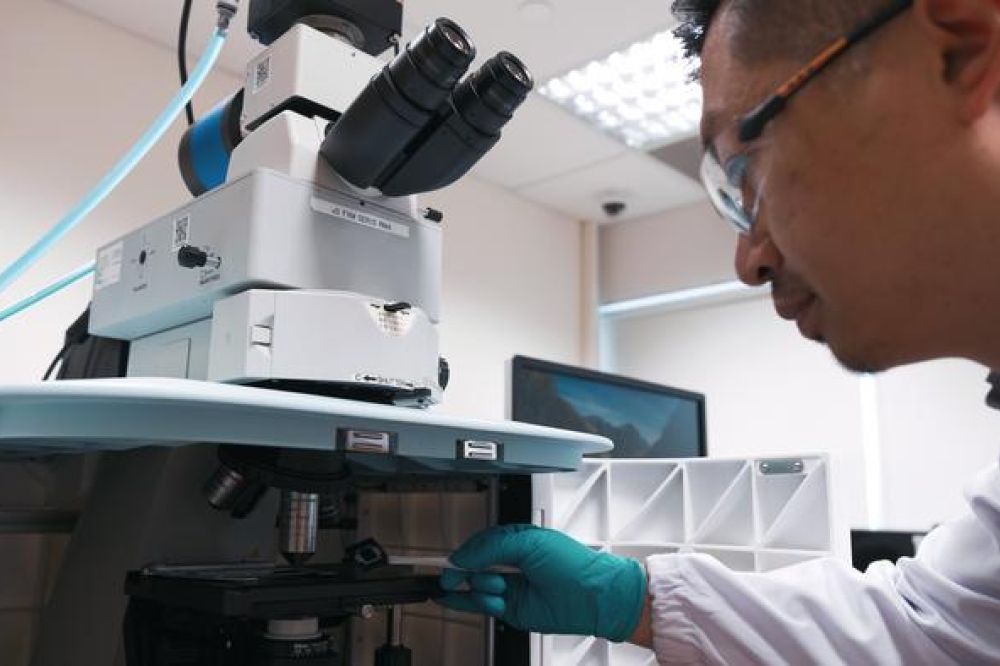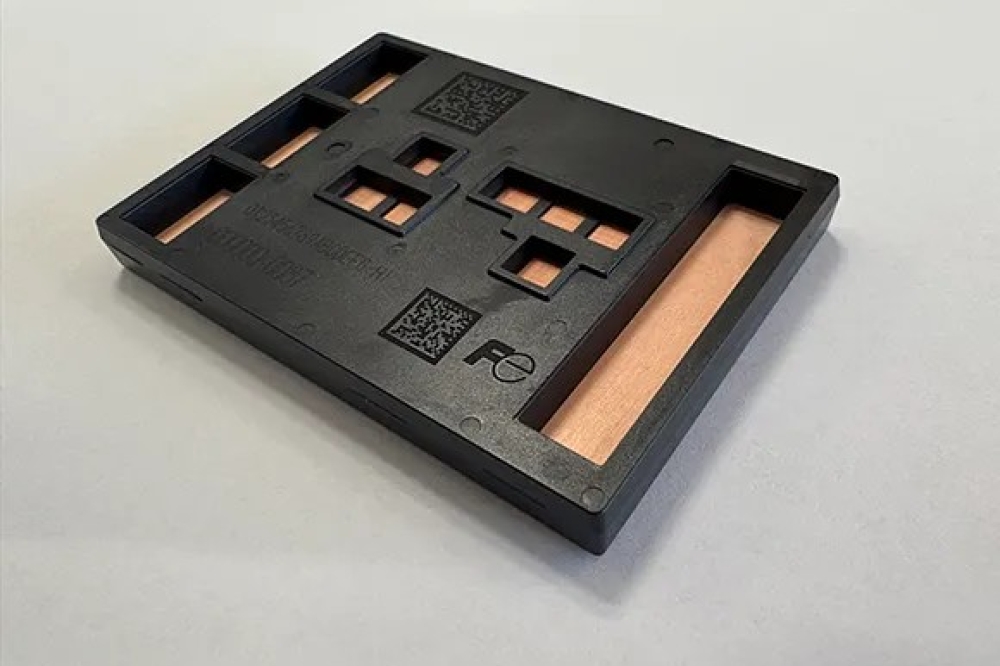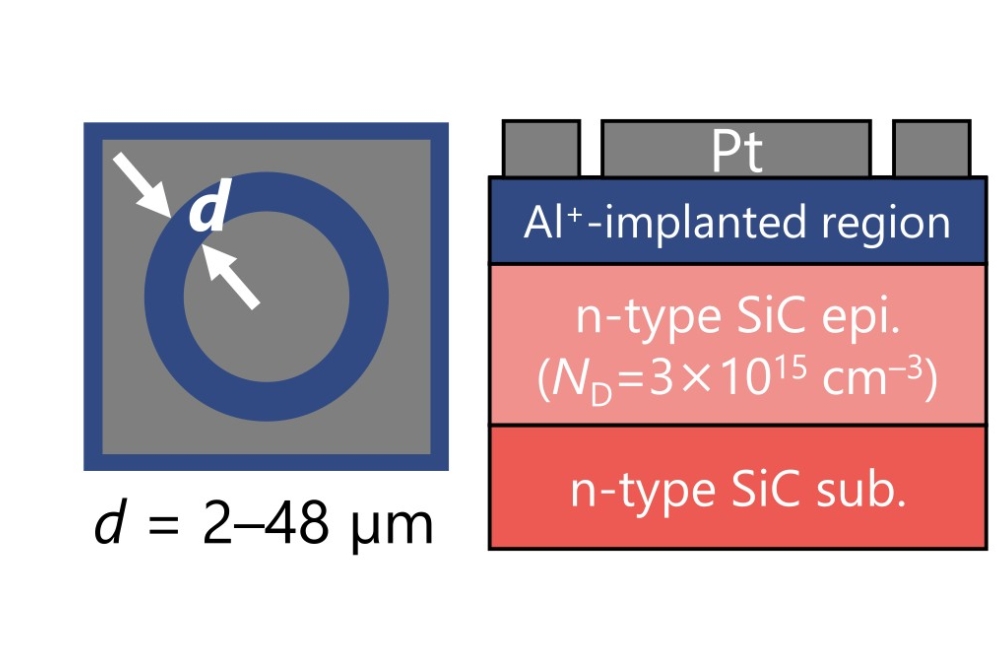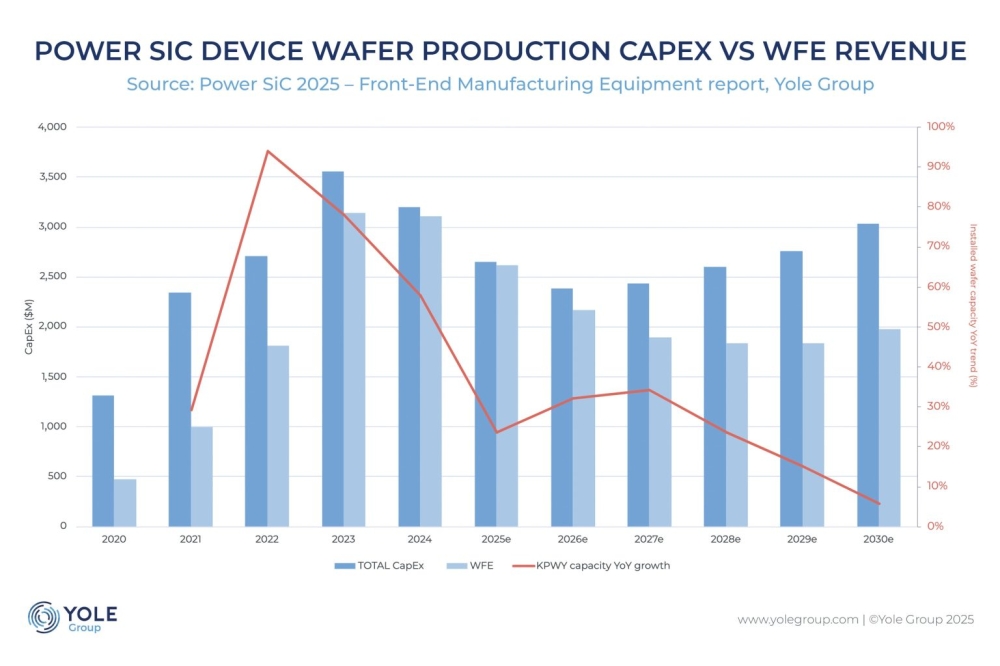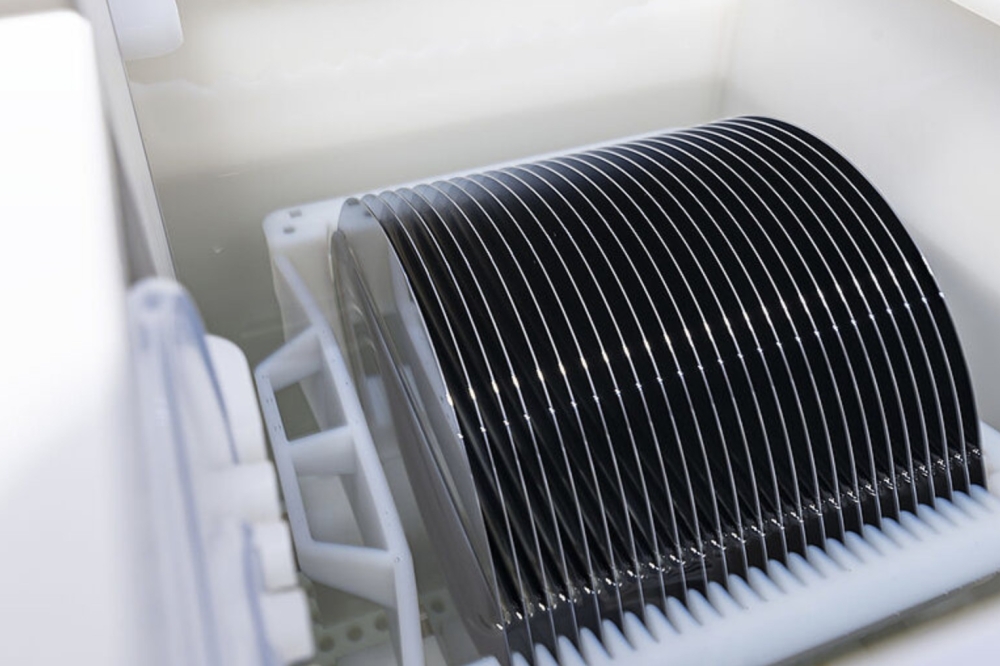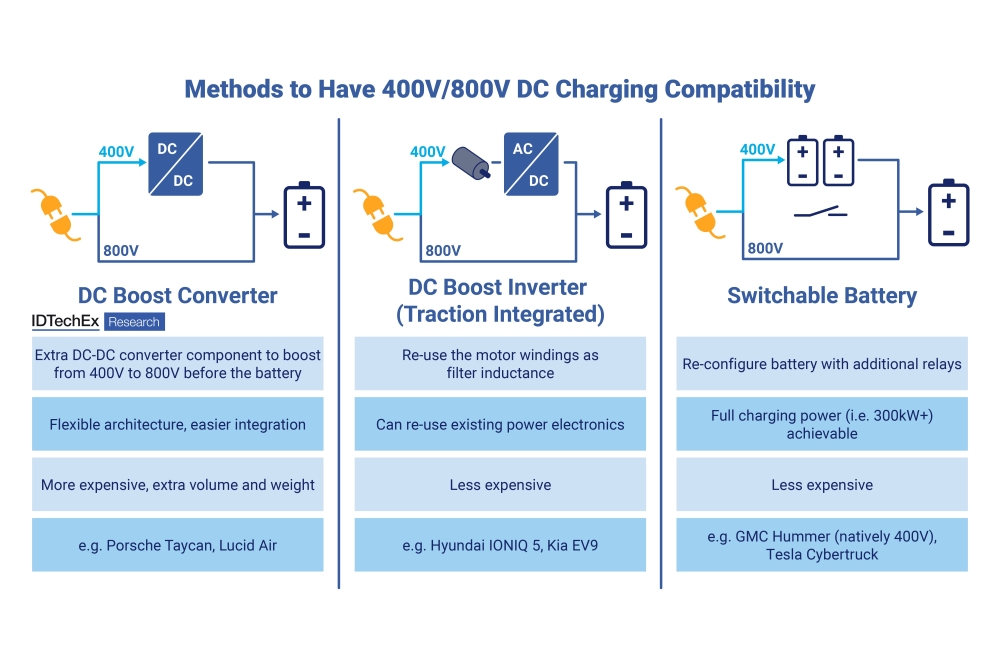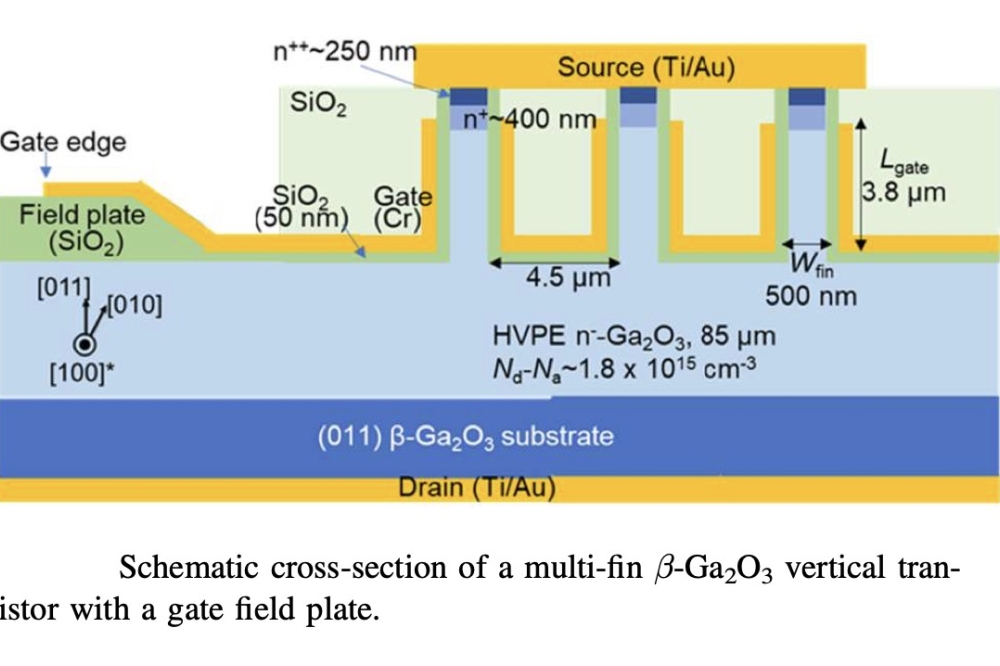The tipping point for AlN

Advances in AlN substates are positioning this nitride as a transformational material in next-generation electronic and optoelectronic applications.
BY KASEY HOGAN FROM CRYSTAL IS
Deployment of devices in space is increasing at a phenomenal rate, creating a lucrative opportunity for our industry. However, winning sales in such a harsh environment is not easy, as it involves extreme temperatures and persistent bombardment by radiation, conditions that make it very challenging for RF and power devices to deliver high levels of performance throughout the lifetime of the mission. In addition, reducing the payload mass is critical to easing launch costs and meeting the strict size, weight, and power constraints of aerospace systems.
But that’s what’s required – in fact there’s demand for robust devices that combine a high-power density with a high-voltage capability and a high-frequency capability in many extreme environments; spanning both spaceborne and ground-based systems where reliability, efficiency, and compactness are critical.
The challenge of meeting these exacting requirements is driving interest in new semiconductor materials. Over the last decade, devices made from silicon have been displaced by those made from two wide bandgap materials, SiC and GaN, that are enabling a higher power density, improved thermal management, and broadband operation. But the defence and aerospace industries are not satisfied. Instead, it craves even higher levels of performance – and promising to fulfil them are ultrawide bandgap semiconductor materials, such as AlN, diamond, and Ga2O3.
Transistor epitaxial architectures and layout indicating locations of the source (S), gate (G), drain (D), regrown barrier (RB), regrown contact (RC), and 2D electron gas (2DEG).
Within that family of ultrawide bandgap devices, AlN has generated significant attention for many years. Judged by various figures-of-merit, there’s no doubt that this nitride has tremendous potential. However, it has a reputation as a difficult material to dope, and it’s been challenging to produce substrates with a significant size at volume. Due to these issues, some may have dismissed AlN as a material that’s never going to make an impact.
But recent developments suggest otherwise, and there’s good reason to believe that after showing its promise for several decades, AlN is now on the cusp of becoming a mainstream material for chip production.
For many years, significant technical challenges in the doping, contacting and the fabrication of devices, along with the availability and cost of native substrates, has hindered progress and the adoption of native AlN devices. Due to bandgap of 6.2 eV, AlN is challenging to dope, due to deeper dopant levels. In addition, it’s far from easy to form an ohmic contact with standard metallisation. However, recent work shows that these challenges are not insurmountable.
Another attraction of AlN, which marks it out from the other members of the ultrawide bandgap community, is that it’s part of the III-Nitride material system, which includes GaN and AlGaN. Thanks to this, it’s possible to produce devices that leverage a very wide compositional range. Such devices could be produced on bulk single-crystal AlN substrates that provide a close lattice-matched foundation that minimises dislocation density and enhances thermal management, and ultimately unlocks the full potential of III-Nitride-based architectures. With recent advancements in AlN substrate technology, this is now a reality.
(a) Schematic of the epitaxial undoped AlN/GaN/AlN QW HEMT heterostructure. (b) d-doped AlN/GaN/AlN XHEMT heterostructure includes a sheet of n-type donors.
Commercially viable substrates
As well as its potential for serving in space, AlN has been viewed for many years as an enabling technology for optoelectronic devices, thanks to its high thermal conductivity, ultrawide bandgap, low dislocation density and its close lattice matching with other III-Nitrides.
Due to these strengths, AlN substrates are used to produce commercial UVC LEDs, with a manufacturing ecosystem producing thousands of 2-inch diameter substrates per year. Now that the viability of commercial optical-grade substrates is beyond doubt, this material is being considered for electronic device development.
To succeed in this new domain, it is critical that large-diameter, high-quality, native substrates are widely available – they are a crucial component in the semiconductor supply chain. Recently, much progress has been made on this front. Last year, my company, Crystal IS, reported the availability of 100 mm bulk AlN substrates for research purposes – along with announcements on consistent progress in quality and manufacturability. These milestones in the development of AlN substrates have spurred the development of AlN-based devices in areas ranging from academia to government programmes. There have been significant investments all over the world to develop an industrial supply chain. While technological barriers still exist to realising the full promise of AlN, it’s important to note that there have been two recent works related to novel transistor structures on AlN that show progress. Read on to learn more about them.
Overcoming barriers for AlN-based devices
One of the strengths of the AlN substrate is that it provides a foundation for utilising aluminium-rich AlGaN layers or thick AlN layers – which may offer a transformational performance compared with what is possible with wide bandgap materials. Ultra-wide bandgap materials, such as AlN, have a high bond strength and a high thermal conductivity that allows for high breakdown fields and operation in extreme environments. Devices made from them are capable of reliable performance and longevity in space, sea, and desert.
Traditionally, research into AlN-based materials has been undertaken on thin AlN templates, grown on sapphire substrates. However, with the availability and cost-reduction of bulk AlN substrates with diameters of 2-inch, 3-inch and 100 mm, this research can now be conducted on material with far superior quality and thermal conductivity.
Having widespread availability of native substrates is helping to address the challenges associated with doping and contacting native AlN material, as well as aluminium-rich AlGaN, which has a high bandgap. A team at Sandia National Laboratory has recently reported a low ohmic contact resistivity in aluminium-rich layers, realised by utilising a re-grown reverse compositionally graded contact. They also describe a re-grown p-type AlGaN gate structure, which leads to a large positive threshold voltage and negligible gate leakage. Together, these developments provide a promising route towards high-current aluminium-rich AlGaN transistors that will enable a new operating regime for discrete high-power devices, by setting a new bar for breakdown voltage and on-resistance.
Another key breakthrough, coming from a team at Cornell University, is an AlN/GaN/AlN quantum-well HEMT on the bulk AlN substrate platform. This device offers substantial performance benefits for next-generation RF and power electronics.
According to recent published work, this group has developed a so-called delta-doping method to enhance the electron mobility in the thin GaN well. Other efforts have focused on making the GaN layer thicker, to distribute the high electric field caused by the GaN/AlN polarisation discontinuity across a larger distance. However, this approach may induce significant defects into the material, limiting thermal performance.
Cornell’s approach allows the channel to remain thin and strained, while enjoying the extremely high crystalline quality afforded by the AlN substrate. The delta-doping method offsets the high electric field and the presence of an undesired polarisation-induced positive charge, without sacrificing crystalline quality or creating an unwanted second channel. This team’s HEMT combines a high electron density and a high mobility with a low sheet resistivity. Controlling and enhancing the doping in this material through polarisation charge, rather than the traditional method of implantation or incorporation of dopant atoms, is a promising development.
Drawing on the recent increases in native AlN substrate availability by the main global players, now is time for RF and power device manufacturers to ramp up their development efforts on this material. While historical concerns around the technical challenges of doping and forming ohmic contacts remain, they can be overcome with significant effort and investment.
The key point is that the bulk AlN substrate diameter has reached the electronic-industry relevant diameter of 100 mm, and there’s a proven route for this material to achieve commercially relevant volumes. Due to this triumph, AlN is now well positioned to lead the ultra-wide bandgap materials into the future, but to do so requires continued innovation within our community.

